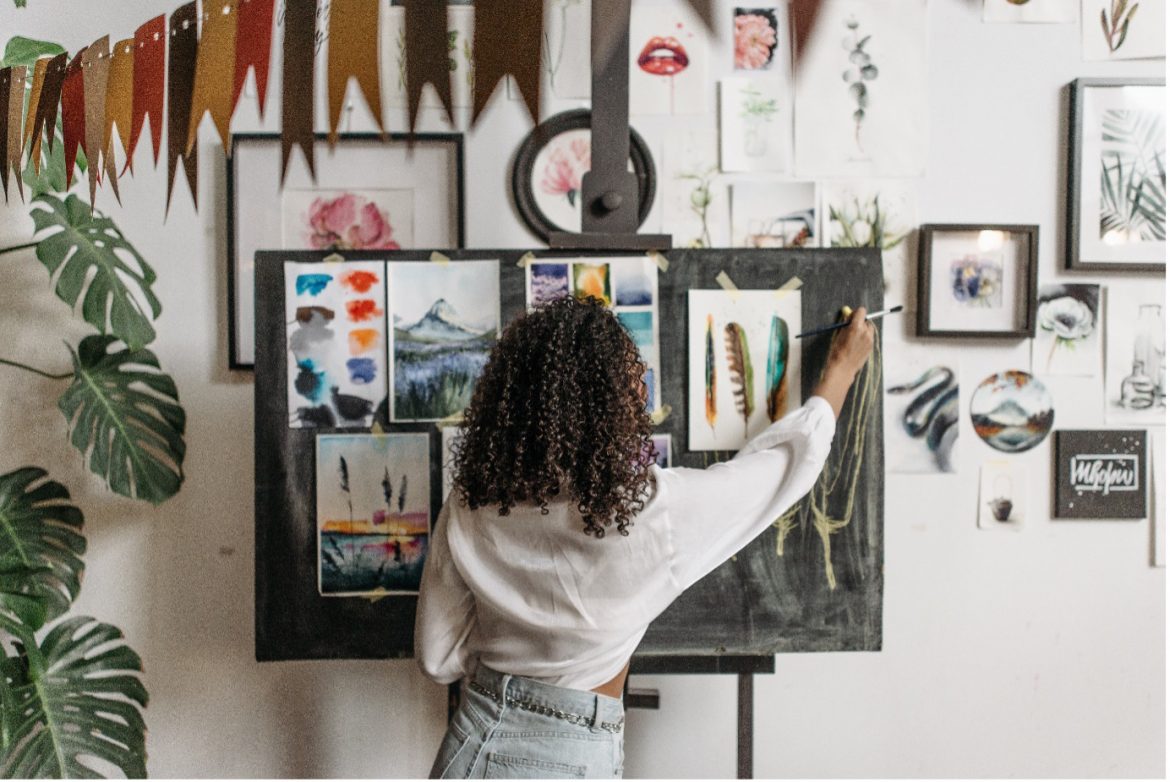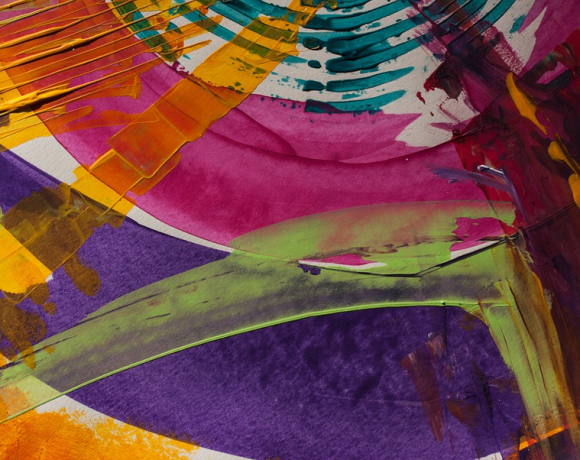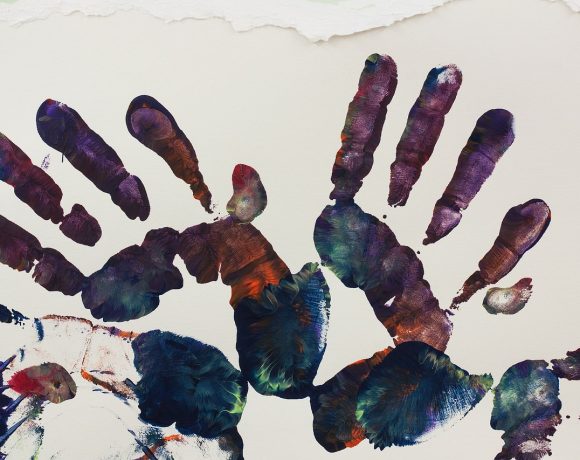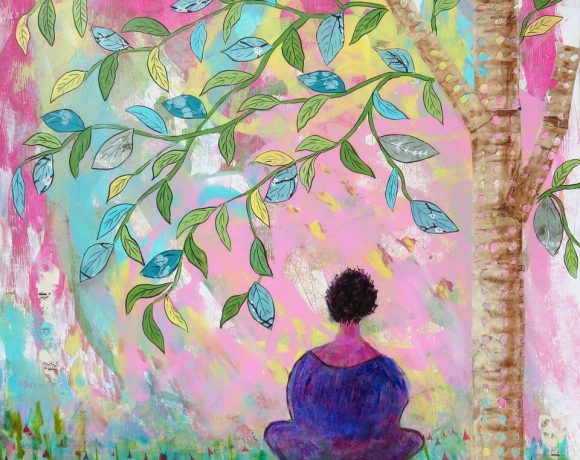Art can be calming and uplifting, whether you look around a gallery or make it yourself. Many of us enjoyed making art by drawing, painting, and coloring when we were younger but grew out of it when life became too hectic. However, its healing effect can still help you regardless of age or situation. Furthermore, many addiction treatment facilities provide their patients with various counseling techniques, from those standard ones to experimental ones such as art therapy. However, the role of art therapy in addiction recovery cannot be ignored.
What is Art Therapy?
Art therapy is an experimental type of therapy that assists patients in making progress toward recovery. This type of therapy helps create a safe space for them to express their creativity as well as their complicated emotions that they are unable to verbalize. Furthermore, it can help people process challenging feelings and experiences, gain new insights, and create new coping mechanisms. This kind of therapy can be a game-changer for people who struggle to talk about difficult moments in their lives or communicate their deepest emotions. Depending on preference and rehabilitation needs, it can be done either individually or in a group. Moreover, enjoying art in itself can help patients unwind, reduce stress, and feel more mindful of themselves and their surroundings.
Although there are many types of art forms that can be explored in art therapy, here are just a few of the most common examples:
- Drawing
- Painting
- Sculpting
- Music
- Dancing
- Poetry

Cottonbro for Pexels
History of Art Therapy
Although art has been used throughout history for healing, self-expression, and conflict resolution, art therapy was not developed as a distinct and widely recognized treatment approach until the middle of the 20th century. Adrian Hill, a British artist who discovered the therapeutic value of painting and drawing while battling tuberculosis, invented the term “art therapy” in 1942. Several writers in the mental health sector started referring to their work with patients as “art therapy” in the 1940s. These care providers frequently had backgrounds in other fields. They were under the supervision of psychiatrists, psychologists, or other mental health care specialists at the time because no formal art therapy courses or training programs were available.
How Art Therapy is Incorporated During a Therapy Session
Art therapy can be incorporated in various ways depending on the facility. This being said, there are different factors that the majority of facilities keep in mind. First, the time of day when the art therapy session should take place is crucial if we want to give people the best chance of reaping the numerous benefits. Most patients may feel worn out after a morning filled with emotionally-draining therapy sessions. For this reason, most art therapists advise scheduling art therapy for later in the day. An afternoon art therapy session aids individuals in creatively processing the events that happened that day by stimulating the brain’s creative areas.
An art therapy session is significantly more complex than many people may have encountered in an arts and crafts class. During an art therapy session, a professionally trained art therapist may offer different art forms or pick out one they believe is suitable for the individual. Depending on preference and rehabilitation needs, art therapy sessions can be done either individually or in a group. Each person may reap different benefits depending on their situation, willingness to accept this type of therapy, and motivation to push through.

Thirdman for Pexels
Types of Art Therapy Techniques and Exercises in Addiction Recovery
As previously mentioned, art therapy can be used in a variety of ways for people dealing with all sorts of issues. However, where this therapy form seems to be helping the most is addiction recovery. Although visiting a gallery can be beneficial, this is not art therapy. Professional art therapy sessions consist of various techniques and exercises that are utilized to best help recovering addicts.
Art Therapy Techniques
The most common techniques in art therapy are:
- Gestalt methods: Using this technique, a licensed specialist helps an individual express and understand their feelings and experiences through words. The artwork itself can lead to a deeper conversation or can be used so the individual can describe their emotions by describing the art piece.
- Active imagination: This technique allows the individual to think freely, using his artwork as a starting point so they may dig deep into their feelings and experiences. They find associations that stick out to them and voice them out. In most cases, this leads to deep introspection and further talk about their feelings.
- “Third-hand” approach: A practical approach that necessitates the help of a therapist. The recovering addict is still overseeing the artistic process, but they are doing so with the therapist’s aid. They must guide them into producing the art they want, compelling them to express their thoughts and emotions. This approach is convenient for reclusive people.
Art Therapy Exercises
Depending on the facility, there are various exercises that individuals will take part in. Some such exercises in art therapy are:
- Painting your safe place
- Drawing a self-portrait of your future self
- Writing a story about your struggles
- Writing poetry about your feelings
- Creating music that inspires you

SHVETS Production for Pexels
Art Therapy Post-Addiction Recovery
The benefit of using art therapy in addiction recovery is that you can apply the lessons you learn from it wherever you may go. It will allow you to face your fears, feelings of guilt, and blame while also allowing you to understand your inner critic and live fully. Many individuals might even discover a fulfilling hobby they can devote their time to and return to whenever they need assistance expressing and understanding themselves. For addicts in recovery, it can also be an excellent coping technique that results in fewer relapses and a better quality of life.
Author Bio: Jesse Fuller, an addiction-recovery consultant for Bright Futures Treatment Center Boynton Beach, FL, has always been interested in the way art can heal the soul. This interest has even led him to become an artist himself and help those around him recover from addictions that have also plagued his family. Driven by this, he has helped countless addicts by writing blog posts intended to lead them to recovery.









NO COMMENT